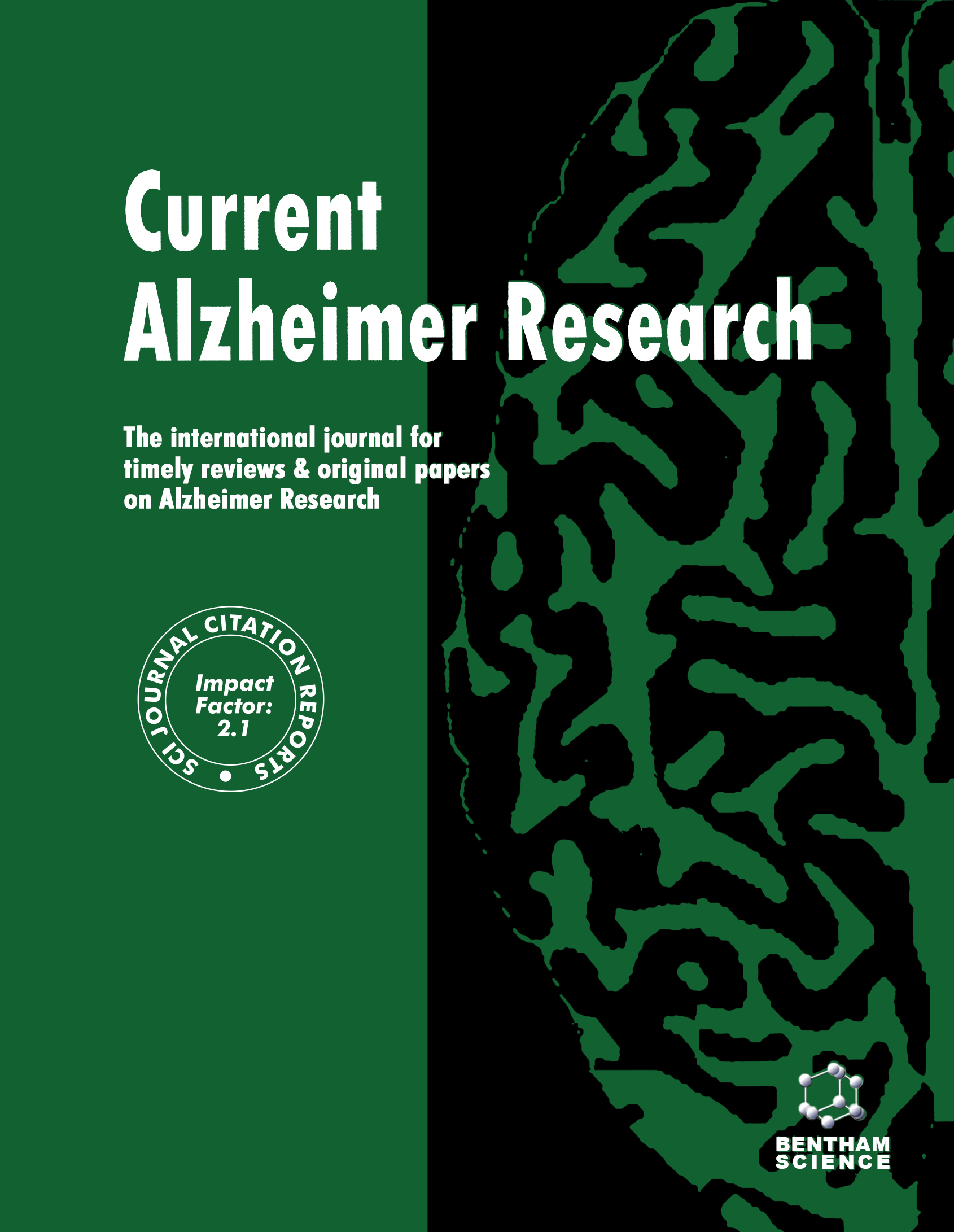-
oa Editorial [Hot Topic: Brain Resilience and Plasticity in the Face of Alzheimer Pathology (Guest Editor: Ira Driscoll & Juan Troncoso)]
- Source: Current Alzheimer Research, Volume 8, Issue 4, Jun 2011, p. 329 - 329
-
- 01 Jun 2011
- Previous Article
- Table of Contents
- Next Article
Abstract
Alzheimer disease (AD), a complex neurodegenerative disorder, has become a major public health concern given its rapidly increasing prevalence and the long duration coupled with high cost of care. Successful disease-modifying therapy is still lacking, despite a decade of remarkable advances in our understanding of both the pathology and the risks associated with AD. In recent years, it has become obvious that neuritic plaques and neurofibrillary tangles, the neuropathological hallmarks of AD, are not exclusive to demented individuals. In fact, as many as 30% of individuals older than 75 years of age who are considered clinically normal at the time of death will receive a post-mortem diagnosis of possible or probable AD based on neuropathological findings - a condition we define as Asymptomatic AD (ASYMAD). This realization certainly poses a challenge to the neuropathological diagnosis, which is still considered the gold standard. In addition, the recognition of ASYMAD has begun to shift the focus of research from risk and pathology to the identification of protective factors, and thereby the prevention of disability and disease which have been relatively understudied. Much of our recent efforts have focused on what might be allowing these older individuals to remain resilient to pathology compared to many who have succumbed to it. Most of our investigations to date have centered on the Baltimore Longitudinal Study of Aging. Here, we provide a historical background and highlight the combined clinical, pathologic and morphometric findings related to ASYMAD. We believe that a better understanding of changes occurring during this apparently asymptomatic state may be seminal to our understanding of the mechanisms that underlie the maintenance of cognitive health or halt the progression of the disease. Based on their findings from two large communitybased, cohort studies, the Religious Orders Study and the Rush Memory and Aging Project, Negash and colleagues propose a provocative paradigm shift in consideration of the neurobiology of healthy aging and dementia. They highlight the need for research identifying factors that promote resistance to age-related pathology. Within the framework of cognitive reserve, many factors thought to modify or mediate the association between neuropathology and cognition are also discussed. Vascular dementia is also challenging field, and O'Brien reviews the relationship among Alzheimer's brain pathology, cerebral infarcts and cerebral atherosclerosis, all of which are common in autopsy brains of patients enrolled in longitudinal prospective cohorts. The relative contribution of each of these factors to overall cognitive function or dementia is unclear. O'Brien offers that each seems to be an independent predictor of dementia and that individual's ability to withstand the toxic effects of amyloid deposition might be due to the lack of additional coexisting pathologies....


